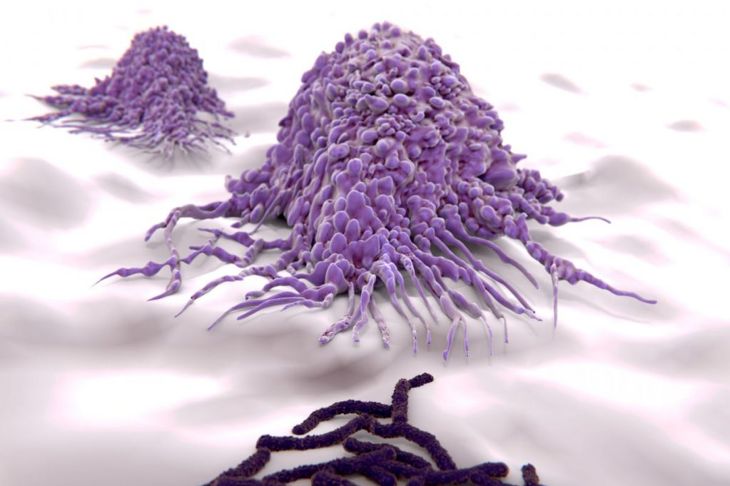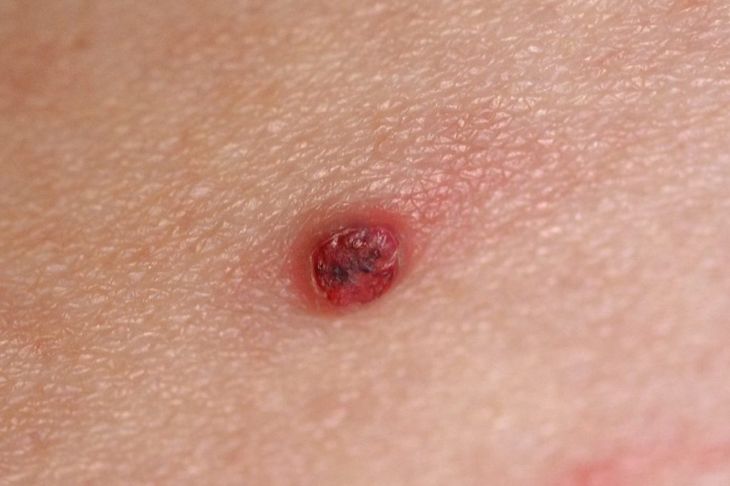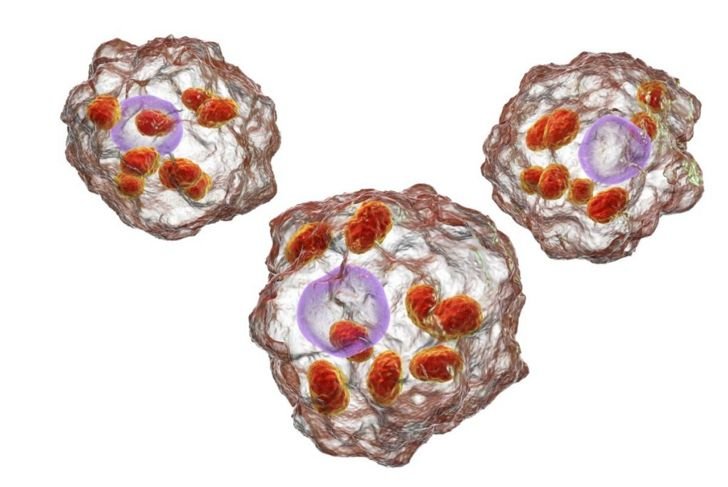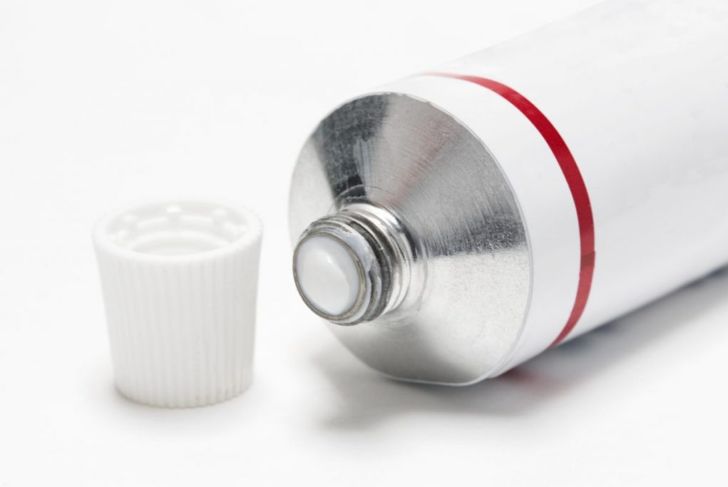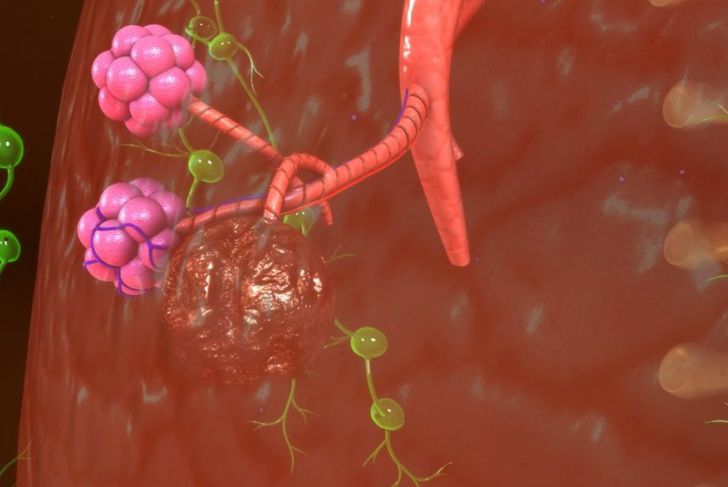Granulomatous inflammation or granulomas are common in many diseases. The body sends this inflammatory response to infection or injury, which can occur on the skin or within the organs. Granulomas form when a large number of immune cells — macrophages — gather in one place. These cells tend to commune when the immune system is unable to eliminate the threat. The granuloma growth results in a red lesion.
What is Granulomatous Inflammation?
Granulomatous inflammation aims to protect the body from infection or foreign objects. Macrophages gather at the site of infection and form a lesion where they build up, generally small red- or flesh-colored bumps. The macrophages do not kill the threatening agent. Instead, they create a barrier to stop the infection spreading to the rest of the body. This also helps limit the inflammation to a smaller area.
Acute Inflammation
Granulomatous inflammation can develop short-term in response to an infection or injury. When this happens, the inflammation will appear very quickly, and fluid may leak from the area. Depending on the cause of the inflammation, the person may also feel unwell. Acute granulomatous inflammation does not last long.
Chronic Inflammation
Usually, the inflammatory response lasts longer. This is known as chronic granulomatous inflammation and develops when the underlying illness or injury has a longer duration. Chronic inflammation often happens when a person has a very persistent infection. It may also develop in response to certain hypersensitivity diseases. Exposure to toxic substances over a long period of time can also trigger a chronic granulomatous inflammatory response.
Granulomatous Inflammation Caused by Disease
A disease is the most common cause of granulomatous inflammation. Leprosy is one cause of this type of inflammation, with characteristic granuloma lesions forming on the skin. Tuberculosis and rheumatic fever can also lead to granulomas. People with Crohn’s disease often develop granulomas on the wall of the gut. Rheumatoid arthritis can cause granuloma growths in the areas surrounding the joints or the lungs.
Foreign Body Granulomatous Inflammation
If a foreign body pierces the skin and becomes embedded in the soft tissue, a foreign body granuloma can form. This is a type of acute granulomatous inflammation. Common causes include wood splinters, small pieces of metal or shards of glass. Any item from organic material, such as a fish bone or small piece of wood, is more likely to cause a troublesome inflammatory response than materials such as glass.
Cat Scratch Granulomatous Inflammation
Sometimes, granulomas can form following a cat scratch or bite. This is known as “cat scratch disease” — bacteria from the claws or saliva of the cat, more often a kitten, causes the inflammation. Only on rare occasions does a dog bite or scratch lead to the same reaction. When a person has cat scratch disease, granulomas form at the site of the wound and around the lymph nodes, and a general feeling of sickness may accompany these visible signs. Most cases of cat scratch disease clear up on their own.
Diagnosis
A doctor can diagnose granulomas by examining the skin or affected body part. He or she may order additional imaging tests such as an endoscope if other conditions such as Crohn’s disease are already present and related inflammation is suspected. Biopsies of the inflamed area can identify the underlying cause and help the doctor identify the right treatment for any underlying disease.
Treatment
Often, no treatment is required for granulomatous inflammation, as it is a natural reaction that should clear up on its own. Granuloma growths on the skin can be treated with corticosteroid creams or injections to help them heal more quickly. Another option is to freeze the lesions or use light therapy to help them heal. If the inflammation stems from disease or infection, the doctor must treat the underlying cause before the granulomas can recede. For example, the doctor may prescribe a course of antibiotics. If the granulomas have become very large or cause pain, a surgeon may need to remove them.
Complications
Usually, granulomatous inflammation does not cause serious complications. However, depending on the size and location, granulomas may begin to bleed. Very large granuloma lesions, such as those found in the lungs, may interfere with the overall function of the organ or lead to necrosis or death of the cells within the tissue. In these cases, prevention of further damage requires prompt treatment.
Childhood Granulomatous Periorificial Dermatitis
Childhood granulomatous periorificial dermatitis is a rare form of granulomatous inflammation affecting the skin of young children. It is characterized by raised pimples on the face and eyelids. Children of Afro-Caribbean descent are most likely to be affected, and the condition is more common in boys. Corticosteroids or antibiotics can treat the growths.

 Home
Home Health
Health Diet & Nutrition
Diet & Nutrition Living Well
Living Well More
More